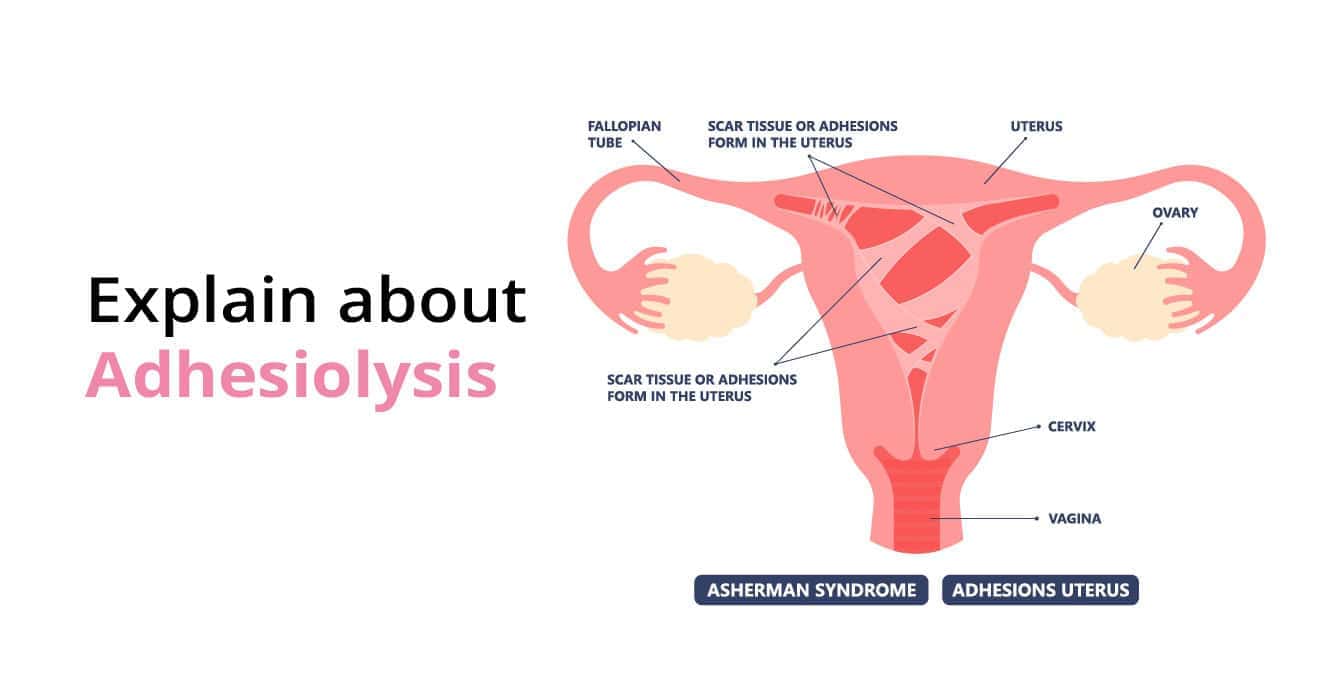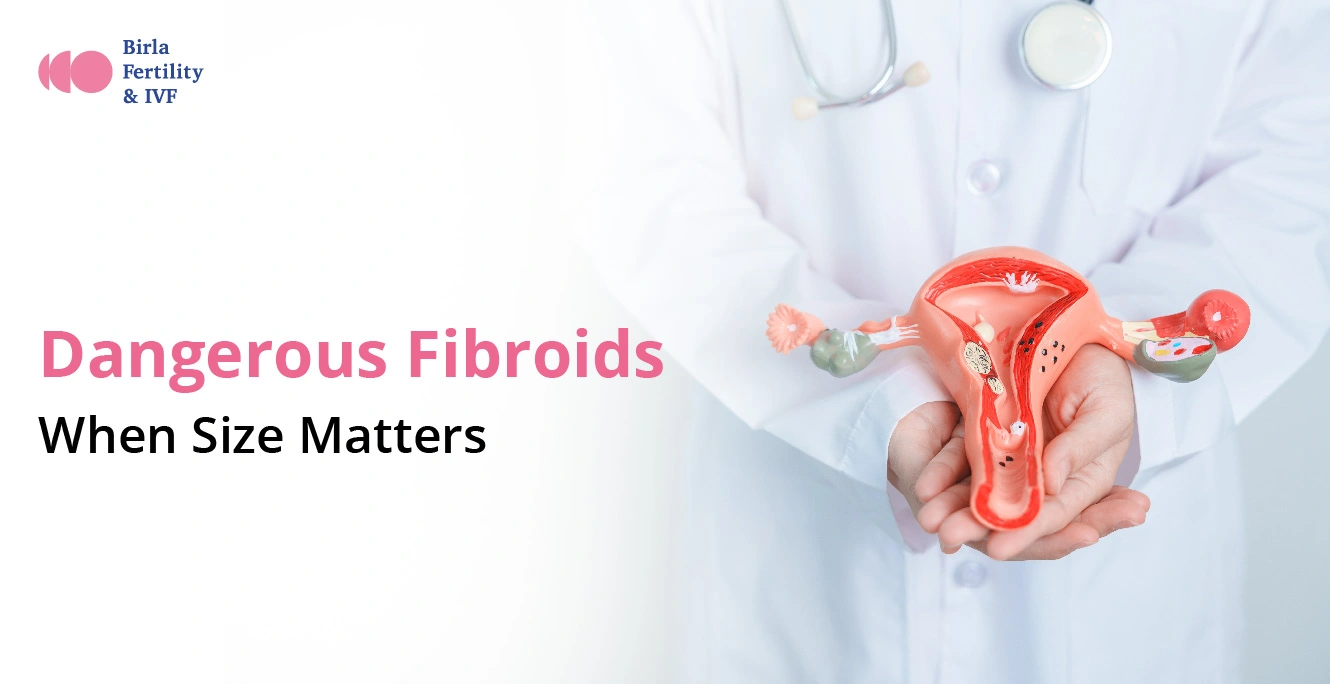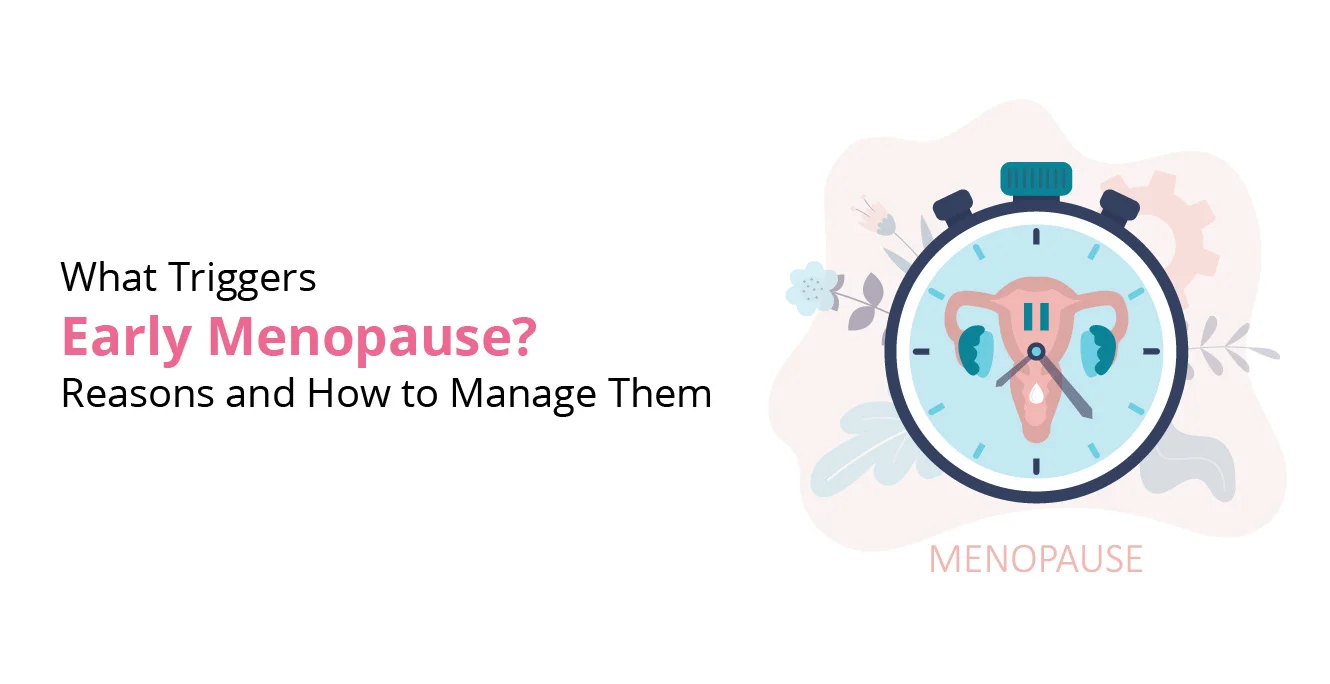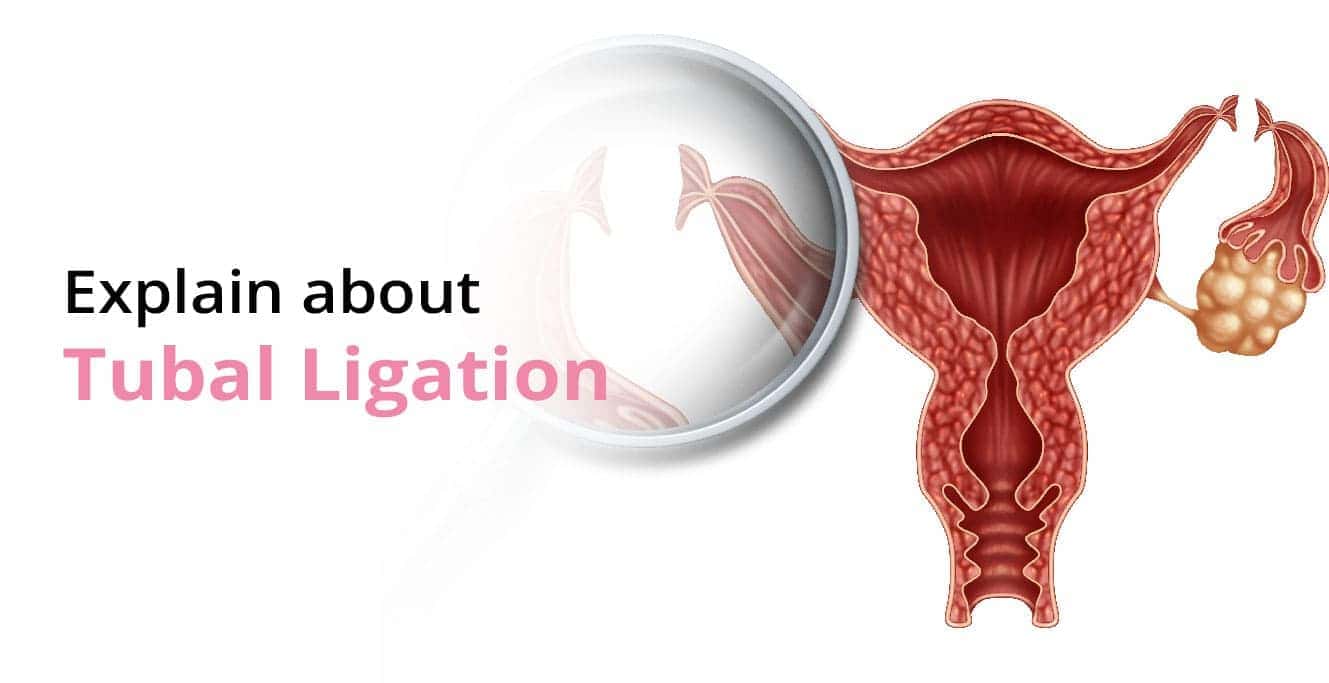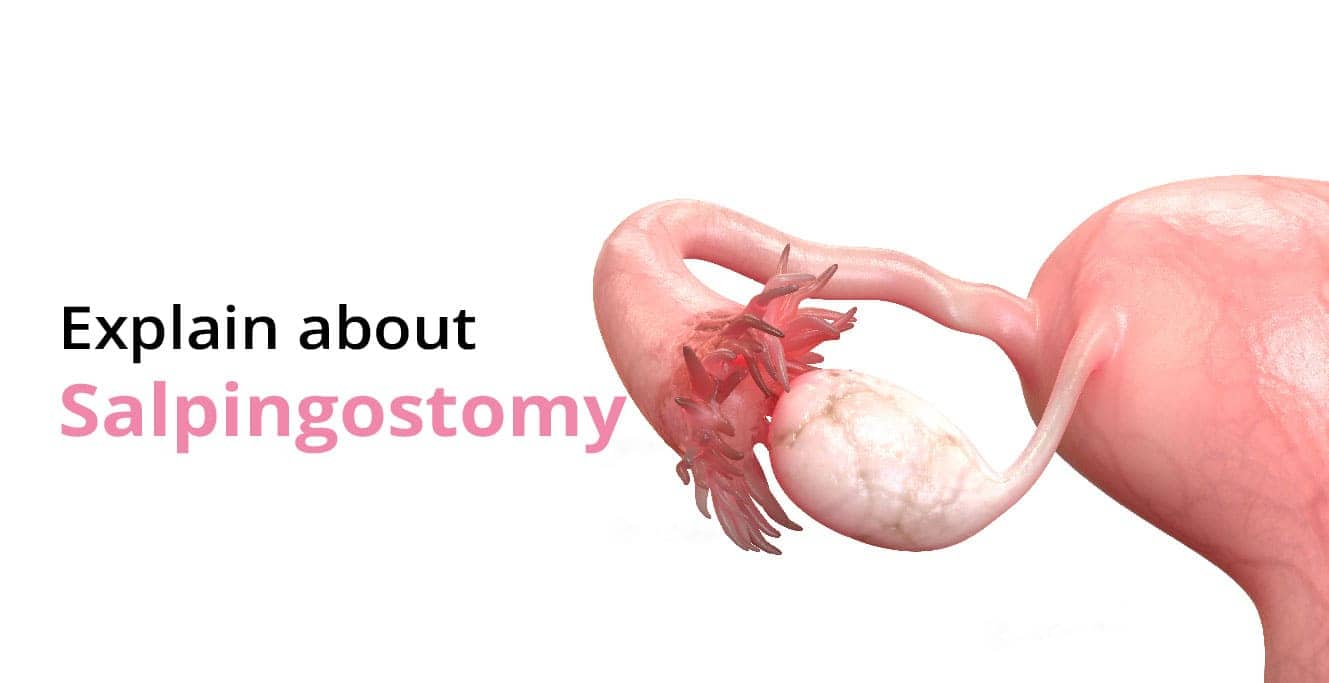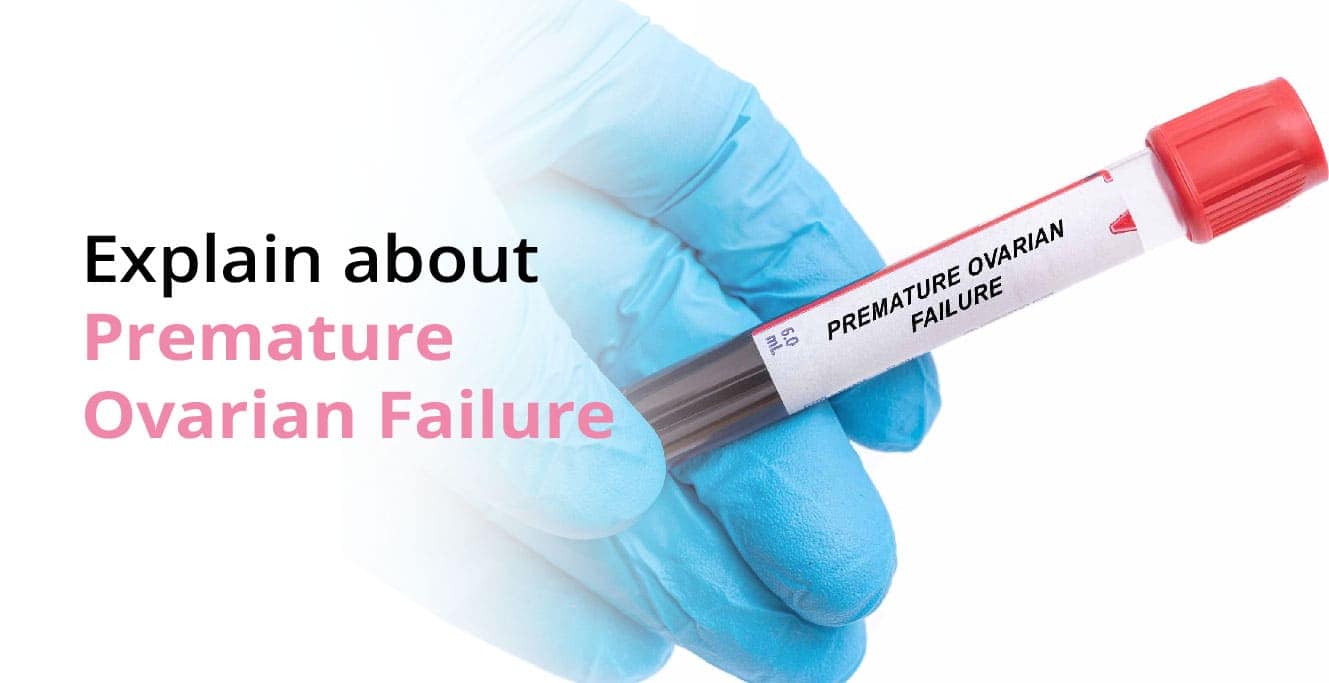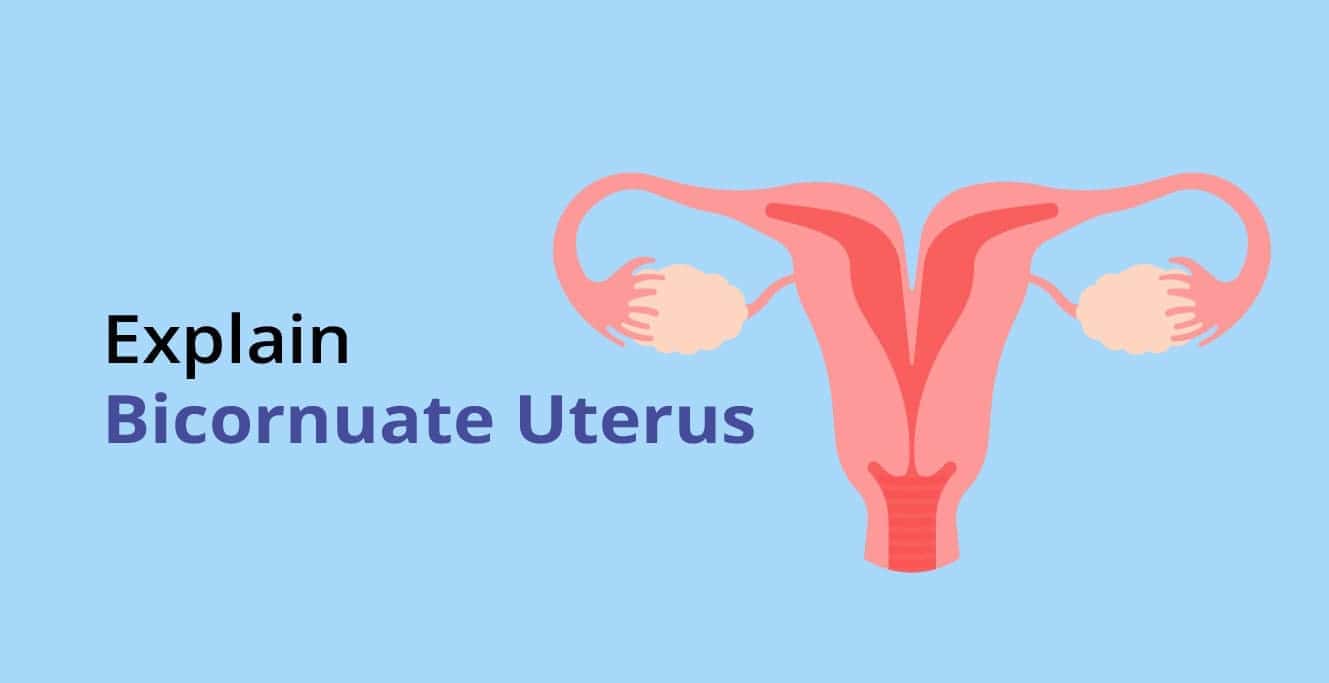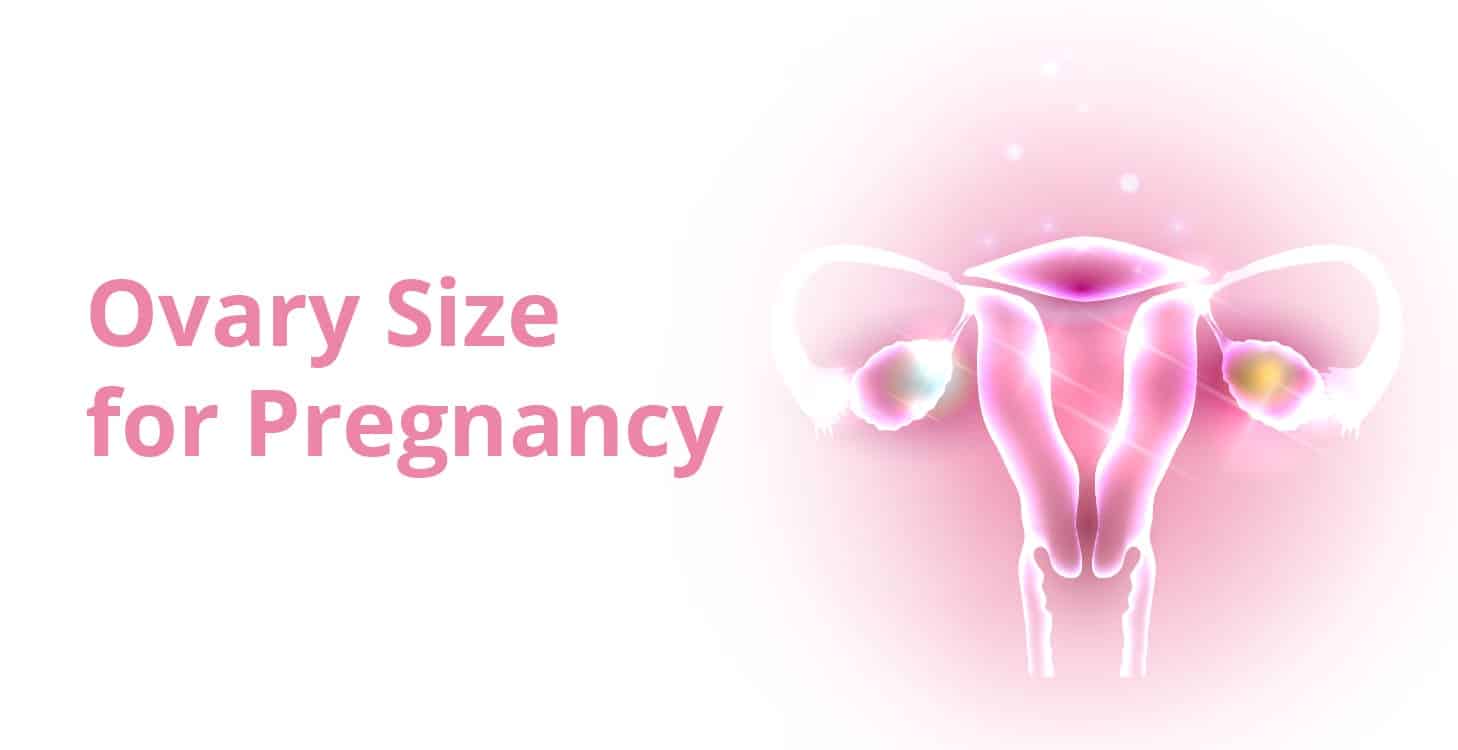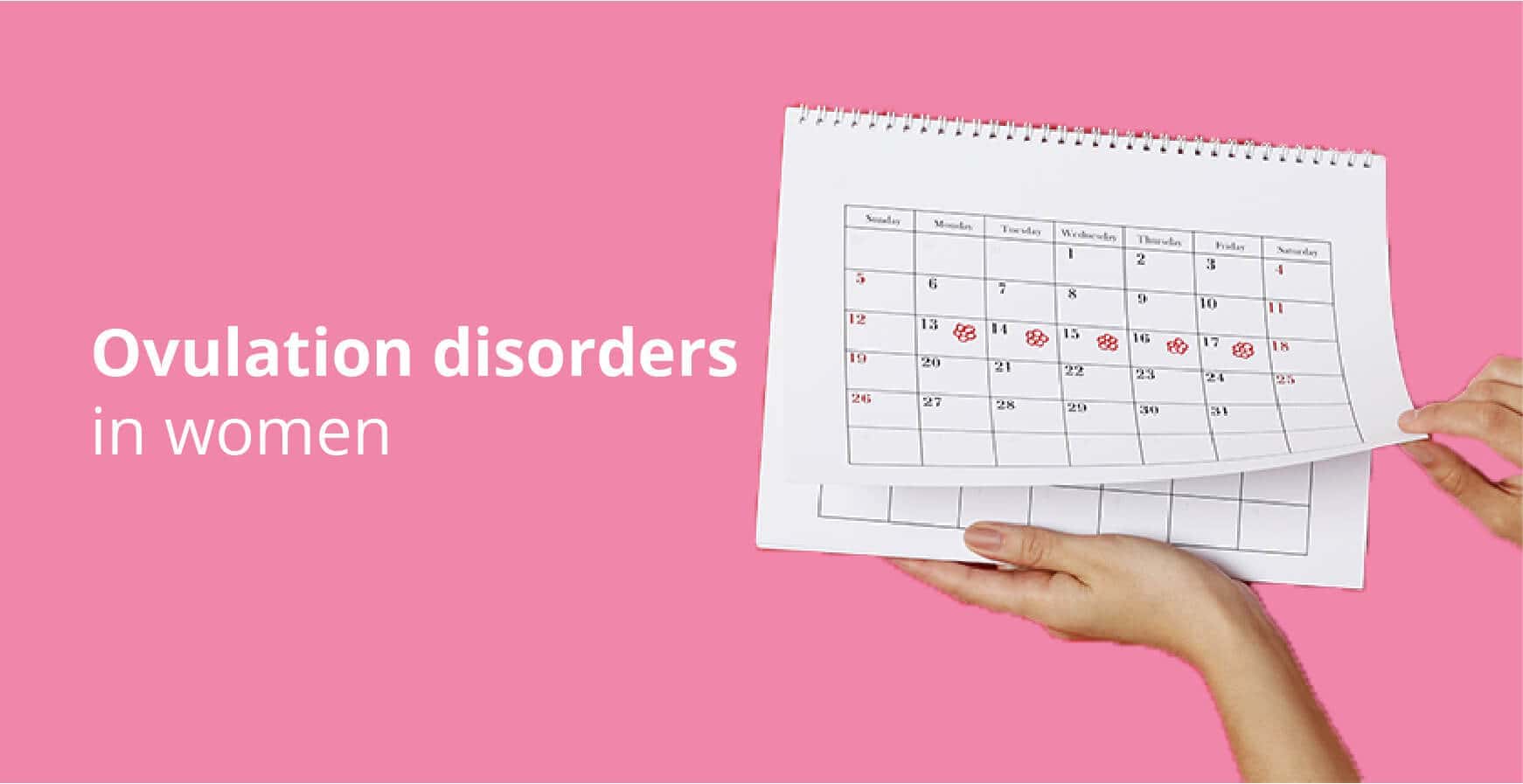Adhesiolysis is a surgical procedure that removes an adhesion, or a band of scar tissue, that is binding two organs or one organ to the abdominal wall.
It is typically performed when you have chronic pain in the abdomen, difficulty breathing, or obstruction of bowel movement in the intestines. The adhesiolysis procedure involves the use of a laser to break down adhesions that have formed in the pelvic region.
In a study of 986 patients with intestinal obstruction in India, adhesions were identified as the most common cause (36.7%).
What causes adhesions?
A variety of factors cause adhesions. One of the most common causes is trauma to the body. This trauma can be caused by surgery, childbirth, or other injuries. Other causes include infection, inflammatory diseases, and autoimmune diseases.
Worldwide, it is estimated that about 90% of people who undergo pelvic or abdominal surgery develop adhesions.
Many people with abdominal adhesions don’t feel any symptoms. However, others may have mild to severe digestive problems. It is in those severe cases that doctors advise the adhesiolysis procedure.
Listed below are the other causes of adhesions:
- Tuberculosis, an infectious bacterial disease that attacks the respiratory system
- Crohn’s disease, which is an inflammation of the digestive tract
- Pelvic inflammatory disease (PID), which is an infection of a woman’s reproductive organs, including the ovaries, uterine tubes (or fallopian tubes), and uterus
- Radiation for treating cancer
- Peritonitis, which is inflammation of the abdomen’s inner wall
Diagnosis
Adhesions can be scattered or form chains of scar tissue between the organs in your abdomen. You may not know you have them until they cause pain and discomfort.
Doctors use the following diagnostic methods to detect adhesions:
-
Blood tests
Healthcare professionals use blood tests to rule out any other condition that may be causing the symptoms.
Even though blood tests won’t indicate the presence of adhesions inside your abdomen, they can indicate how severe your intestinal obstruction is.
-
Imaging tests
Common imaging tests used by doctors to diagnose intestinal obstruction and rule out other possibilities are x-rays, computerised tomography (CT) scans, and lower GI series (x-rays and barium used for viewing large intestines).
These imaging tests help determine the severity, location, and cause of the obstruction.
-
Surgery
The most definitive method of diagnosing adhesions is surgery. Currently, no advanced imaging technology is available to see adhesions without the need for surgery.
The doctor may perform open or laparoscopic surgery to detect and remove scar tissues (more on that later).
Adhesiolysis procedure
Once your doctor confirms the diagnosis, they will recommend any of the following adhesiolysis procedures:
-
Open adhesiolysis
During the open adhesiolysis procedure, a surgeon cuts through the midline using a scalpel to remove the scar tissues. Compared to laparoscopic adhesiolysis, it’s a more invasive surgery.
-
Laparoscopic adhesiolysis
Less invasive of the two, the laparoscopic adhesiolysis procedure requires one small incision. Through that incision, the surgeon guides a laparoscope to find the location of adhesions inside your abdomen.
A laparoscope is a fibre-optic instrument that allows doctors to access the inside of your pelvis or abdomen without any major cuts or incisions and observe the images on a television monitor in real time. The device resembles a tube with a light and a camera fitted into it.
When is adhesiolysis recommended?
Abdominal adhesions don’t always cause symptoms. However, many people experience debilitating pain, nausea, constipation, bloating, vomiting, and inability to pass stool. In women, adhesions may form in the uterus. It is known as Asherman syndrome.
In the most severe cases, the front and back uterus walls can merge together due to adhesions. In milder cases, adhesions are sparsely located. They also vary in thickness.
A doctor will also likely recommend the adhesiolysis procedure if you experience severe digestive distress or infertility due to Asherman syndrome. It’s not impossible to conceive with Asherman syndrome, but your chances of stillbirth and miscarriage are higher with this condition.
After adhesiolysis, the probability of having a successful pregnancy can likely increase.
Before you begin trying again, however, doctors advise waiting at least a year.
Risks involved
Like any other surgery, adhesiolysisisn’t without complications. Even with the less invasive laparoscopy procedure, there are some rare complications involved, including:
- bleeding
- infections
- hernia
- worsening of adhesions
- injury to organs
Open adhesiolysis, on the other hand, can lead to more severe complications, such as:
- sepsis: the body’s extreme response to an infection that can be life-threatening
- acute renal failure: a sudden event of kidney damage or kidney failure
- respiratory failure
- wound infections
If the risks are too high in your case, or the adhesions seem to return even after adhesiolysis, it’s worth considering other options for family planning, such as In vitro fertilisation (IVF).
This technology allows for your egg to be fertilised with your partner’s or donor’s sperm outside the womb in a controlled lab environment.
Can adhesions be prevented?
Doctors are always on the lookout for the risk of adhesions. They take steps to prevent them from forming by using various techniques. One technique is to use a surgical marker to make a line on the skin where the incision will be made.
This prevents the skin from sticking to the surgical drape, which may contain a chemical that promotes adhesion formation. It also prevents the skin from sticking to one another.
Doctors also undertake the following measures to prevent adhesions in the first place:
- recommend laparoscopic adhesiolysis rather than open adhesiolysis if possible
- handle tissues gently to avoid the possibility of any damage
- use a film-like barrier to cover tissues until they heal, after which it is dissolved by your body
- take steps to prevent any foreign materials from entering the abdomen
Conclusion
Adhesiolysis is a surgical procedure performed to remove scar tissue that has formed as a result of previous surgery. Often, it involves the surgical removal of scar tissue blocking the fallopian tubes.
This is necessary for women who are struggling with infertility due to blocked fallopian tubes. The procedure is done by opening up the abdomen and locating the adhesions. The adhesions are then pulled away from the organs and cut.
After the adhesions are removed, the area is closed with stitches. The adhesiolysis procedure also removes scar tissues from the intestine to facilitate bowel movement.
To get the best adhesiolysis and infertility treatment, visit Birla Fertility & IVF or book an appointment with Dr. Shivika Gupta
FAQs
1. How successful is adhesiolysis?
The laparoscopic adhesiolysis procedure is known for benefits such as faster recovery, shorter hospital stay, and a lower probability that adhesions might recur.
2. Is adhesiolysis safe?
Adhesiolysis is a relatively safe procedure with a few complications involved, such as more adhesions, infections, hernia, and sepsis.
3. Can adhesiolysis cause infertility?
The adhesiolysis procedure is performed to treat infertility caused by adhesions.
4. How long is recovery after adhesion surgery?
The adhesiolysis recovery time is two to four weeks. Call your doctor immediately if you spot any signs of infections at the incision site.


